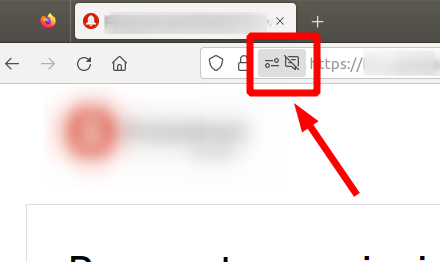
Preventing Asphalt Damage: Tips for Homeowners
Key Takeaways
- Regular maintenance is critical for asphalt longevity.
- Protect your asphalt from environmental elements.
- Proper drainage can prevent serious damage.
- Use sealants and crack fillers to maintain surfaces.
- Document any repairs for future reference.
As a homeowner, maintaining your asphalt pavement is crucial to preserving its integrity and appearance. From driveways to parking lots, asphalt is a popular choice for its durability and versatility. However, it requires proper care to prevent damage. This guide will provide practical tips for preventing asphalt damage and ensuring that it remains in great condition for years to come.
Understanding Asphalt Damage
Before diving into prevention tips, it is essential to understand how asphalt can get damaged. Common causes include:
- Weather: Extreme temperatures, rain, and snow can lead to cracks and potholes.
- Poor drainage: Standing water can erode asphalt over time.
- Heavy traffic: Frequent use can cause wear and tear.
- Improper installation: Poorly laid asphalt can result in rapid damage.
Maintenance Tips for Homeowners
Consistent maintenance is paramount. Here are some tips to keep your asphalt in tip-top shape:
1. Regular cleaning
Debris accumulation can trap moisture and cause damage. It's essential to:
- Remove leaves, dirt, and trash regularly.
- Use a broom or leaf blower for easy cleanup.
- Occasionally wash the surface to prevent oil and gas stains.
2. Sealcoating
Applying a sealcoat can protect asphalt from UV rays and the elements. Recommendations include:
- Sealcoat your pavement every 2-3 years.
- Choose a high-quality sealant for better protection.
- Consider scheduling this during mild weather for best results.
3. Crack sealing
Cracks can lead to potholes if not addressed. To seal cracks effectively:
- Inspect your pavement regularly for cracks.
- Fill cracks immediately using a quality filler product.
- Consider professional help for larger cracks.
Environmental Protections
Weather can severely impact asphalt health. Here are protective actions to consider:
1. Ensuring proper drainage
Good drainage will prevent water pooling. You can:
- Install drainage systems if necessary.
- Keep gutters and downspouts clear.
- Create a slight slope to direct water away from the asphalt.
2. Limiting heavy loads
Be mindful of truck traffic or heavy objects on your asphalt. Guidelines include:
- Designate areas for heavy vehicles away from weaker surfaces.
- Use concrete or gravel for loading zones.
Tools and Products for Maintenance
Investing in the right tools can make maintenance easier. Below is a comparison table highlighting some must-have tools:
| Tool/Product | Purpose | Frequency of Use |
|---|---|---|
| Broom | Cleanup debris | Weekly |
| Sealant | Protect asphalt | Every 2-3 years |
| Crack filler | Repair cracks | As needed |
| Pressure washer | Deep clean | Yearly |
Actions to Avoid
To ensure longevity, avoid the following actions:
- Do not use salt or chemical ice removers in winter.
- Avoid parking heavy vehicles on newly paved asphalt.
- Don't ignore cracks; they will only worsen over time.
Conclusion
Preventing asphalt damage is not just about fixing issues as they arise, but adopting a proactive maintenance routine. Regular care, proper environmental protections, and using the right products will help your asphalt surface last longer. Start implementing these tips today for a well-maintained pavement that enhances your property's value.
Tips for beginners
- Start small with a cleaning routine.
- Familiarize yourself with the products available for maintenance.
- Don't hesitate to ask for professional help for complex jobs.
Pros
- Enhances property value.
- Prolongs asphalt lifespan.
- Improves safety by repairing damage.
- Creates a visually appealing surface.
Cons
- Requires time and effort for maintenance.
- Initial costs for sealants and tools can add up.
For more information on asphalt maintenance and products, visit our page on asphalt mixes and additives or check our guide on how to properly seal your asphalt.

